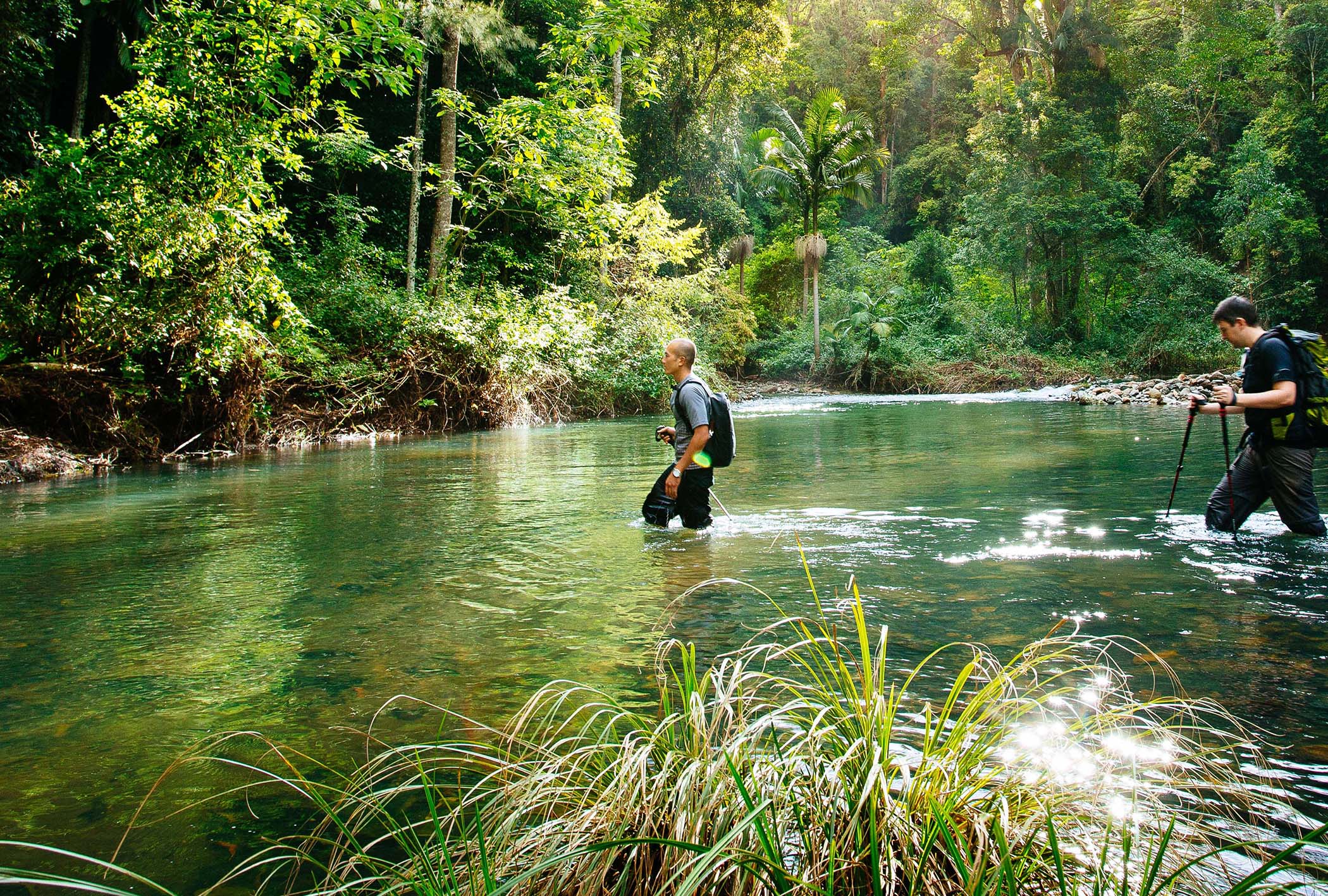
Coastal Safety – Young Males at Risk
Surf lifesavers plead with young men to take their safety seriously
Posted on 28.02.2022
SURF LIFESAVERS WARN YOUNG MALES TO HEED SAFETY ADVICE AS SUMMER DROWNING DEATHS CONTINUE TO RISE
Surf lifesavers are pleading with young men to take their safety seriously as a new report from Surf Life Saving Australia paints a tragic picture of the over representation of young males who have died along Australia’s coastline.
The warning comes as the summer coastal drowning death toll continues to rise above both the 10-year average and 2020/21 Summer for the same time period (1 December to 31 January).
Surf Life Saving Australia’s Coastal Safety Brief – Young Males reports that men accounted for 9 out of 10 coastal drowning deaths in 2020/21 with young males (aged 15-39 years old) continuing to be overrepresented in coastal injury and fatality incidents.
The SLSA Coastal Safety Brief – Young Males reveals that 53 young men die on our coast each year (on average), with three out of four due to drowning (77%). Since 2011, 525 young male lives have been lost on Australia’s coastline which equates to a $6.9 billion economic loss to society.
Surf Life Saving Australia General Manager Coastal Safety, Shane Daw ESM said the continuing message this summer for everyone is to swim at a patrolled location, during patrol hours, between the red and yellow flags.
“On average, young men account for a third of fatal incidents recorded along our coast, with the vast majority due to drowning. This summer we have already recorded 41 coastal drowning deaths, with 10 decedents aged within the 15-39 year age group – all of which were males,” said Daw.
“Such a premature loss of life represents a significant cost to society, with both social and economic contributions cut short.”
The report highlights that the increased statistics for this demographic have been attributed to greater coastal visitation and activity participation (and therefore increased exposure to risks), as well as inflated confidence levels that do not reflect actual abilities, and social determinants such as peer pressure.
“77% of young male coastal deaths occurred further than one kilometre away from a Surf Life Saving service, with 47% of coastal deaths recorded on a weekend. In fact, the mortality risk is 2.2 times greater on the weekend for this demographic,” said Daw.
“Over one-third (37%) of young male deaths have occurred during the Summer months with the primary activity at the time of death being swimming & wading (26%).”
Research shows that one in four young males have been unintentionally caught in a rip, but only 40% always look for the presence of rip currents before entering the water while one in 10 never do.
This research further shows that while 62% of young male swimmers consider themselves experienced enough to take risks, they generally consider themselves to be less competent swimming in the ocean.
Almost half of young male swimmers are not able to swim 50m in the ocean without touching the bottom while one in 10 are unable to swim or float at all.
“Alarmingly, we continue to see young men choosing to swim at unpatrolled locations, away from surf lifesavers and lifeguards. They continue to overestimate their ability, take unnecessary risks, and not look for the presence of rips before entering the water.
“Our message remains simple, where possible keep safe by swimming at a patrolled beach, between the red and yellow flags.”
“If you do find yourself at an unpatrolled location, remember to STOP, LOOK and PLAN before entering the water. STOP to check for rips, LOOK for other hazards and PLAN how to stay safe.”
SLSA’s Beach Safe APP makes it quick and easy to find the nearest patrolled location and also gives beachgoers easy to understand safety information to keep themselves and loved ones safe.
To understand more about coastal safety, how to keep yourself safe and to find your nearest patrolled beach, visit www.beachsafe.org.au or download the Beach Safe APP.
To view the in-depth analysis on Young Males – click here for the Coastal Safety Brief Young Males (15-39 years old) 2022.
For all the latest coastal safety information – click here for the National Coastal Safety Report 2021

Key Rip Current Facts
- 1 in 4 young men have been unintentionally caught in a rip
- 1 in 10 never look for rip currents before entering the water
- 1 in 10 young men report being rescued
- On average, 53 young men die every year with the risk 2.2x greater on the weekend
- Rip-related deaths account for 27% of all deaths amongst young men
- 77% of deaths of young men occurred further than 1km from SLS service
- Annual economic loss to society of $692 million
- Half of all young men are unable to swim 50m in the ocean without touching the bottom
- Alcohol and/or drugs contributed to 21% of deaths, with average BAC almost 4x legal limit

Key Summer Safety Messages
- Swim at a patrolled beach, between the red and yellow flags
- Adopt a STOP, LOOK, PLAN approach
STOP – check for rip currents
LOOK – for the other hazards
PLAN – to stay safe, to swim at a patrolled location – check www.beachsafe.org.au
- Wear a lifejacket if boating, rock fishing or on watercraft
- Check weather conditions before heading out
- Avoid alcohol and drugs when on or around water
- Supervise children at all times on, in and around water
Have a story to tell or news to share?
Let us know by Submitting a News Story







